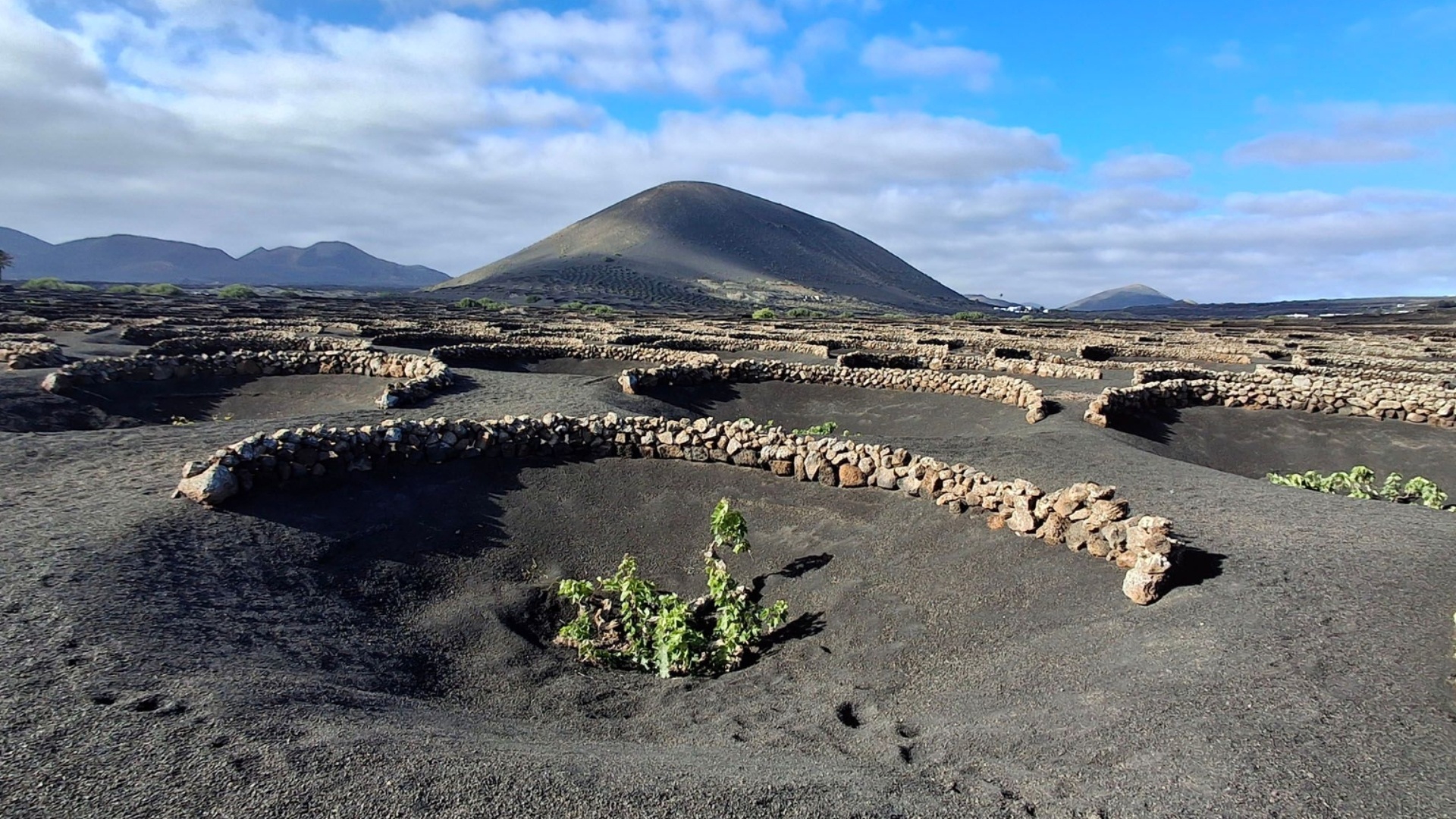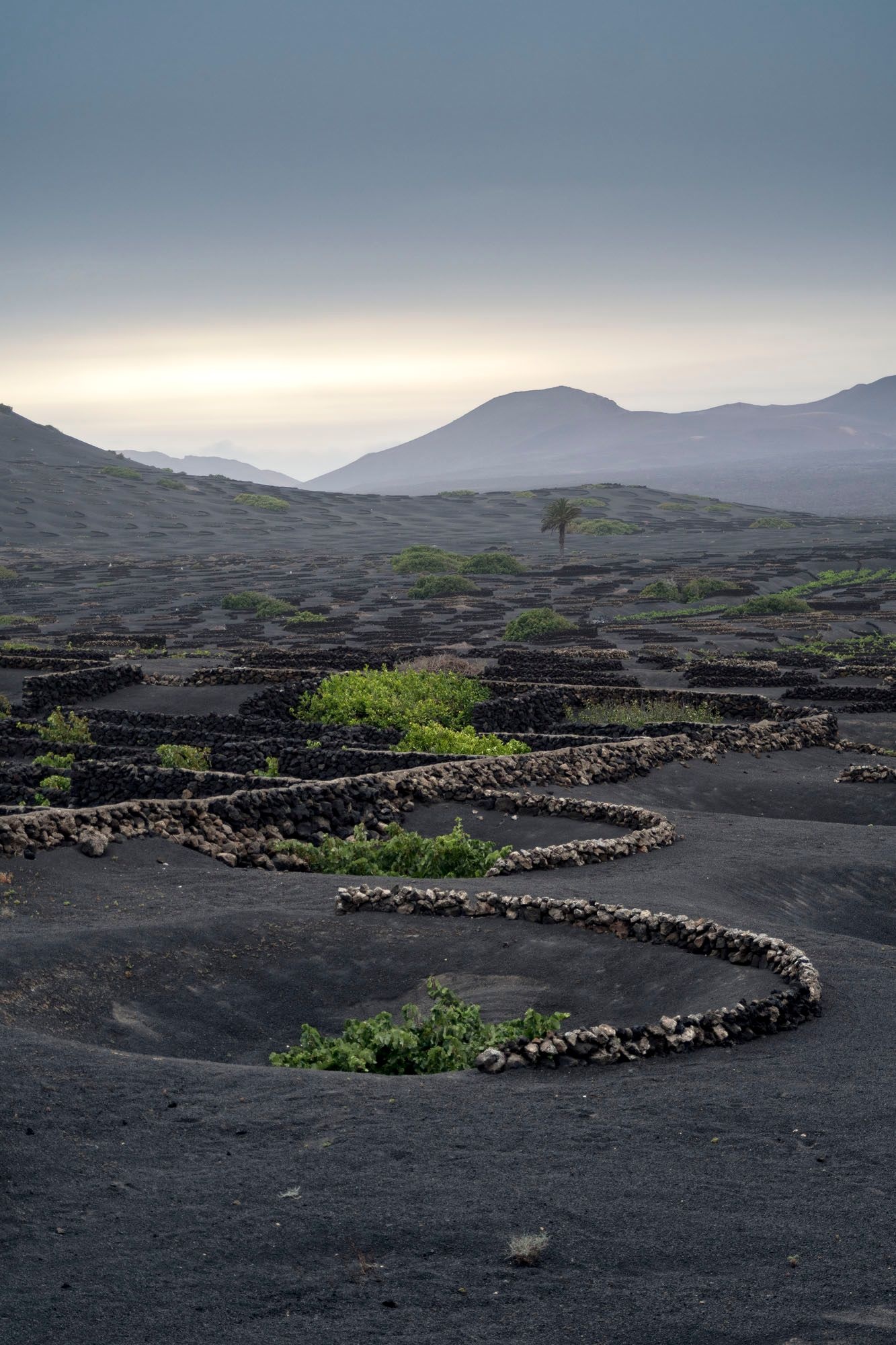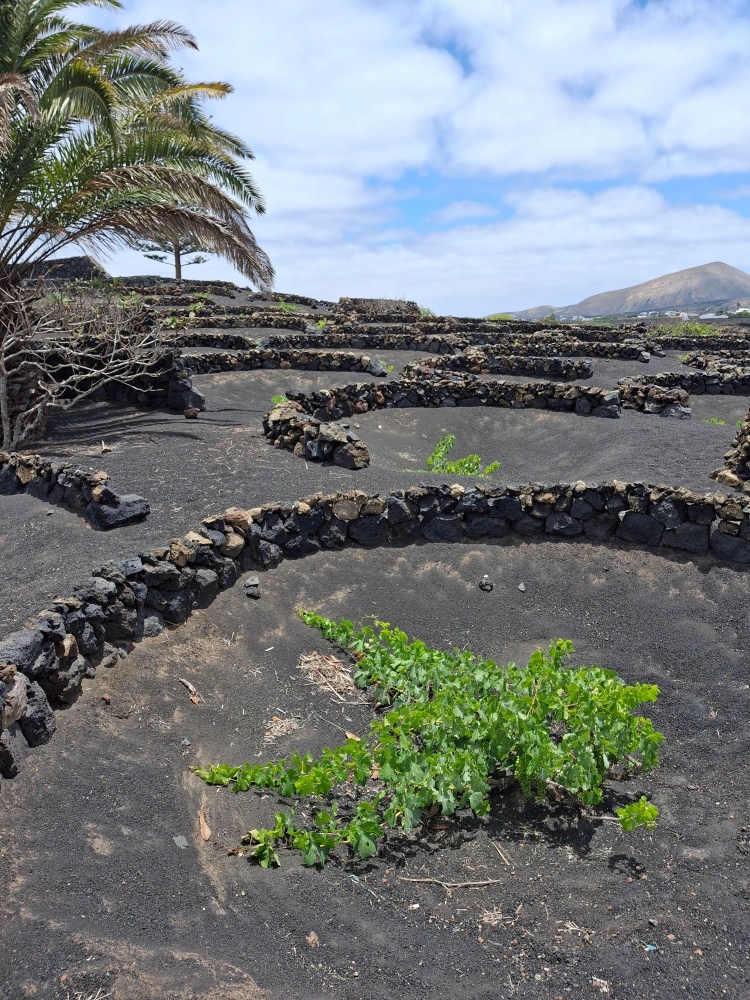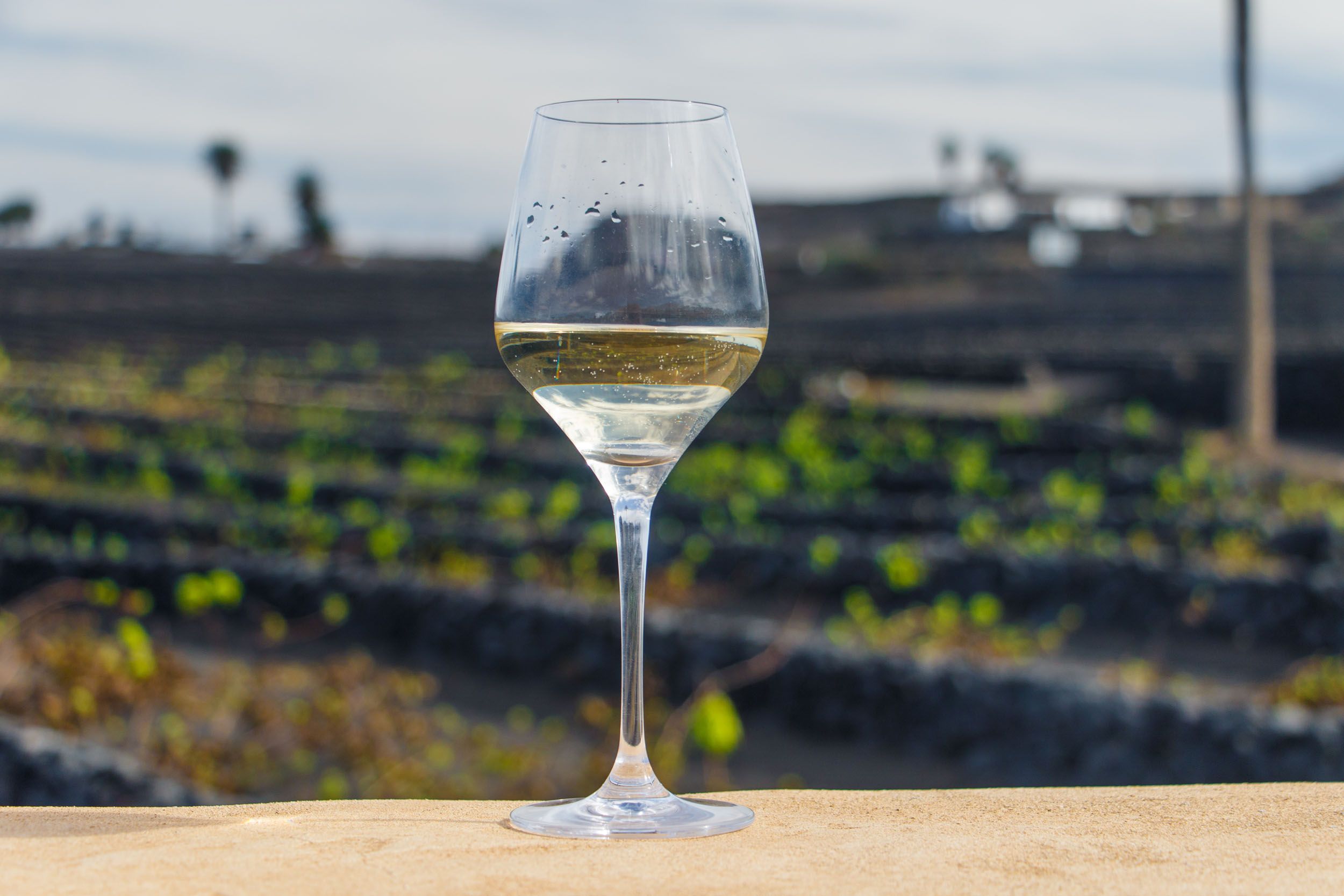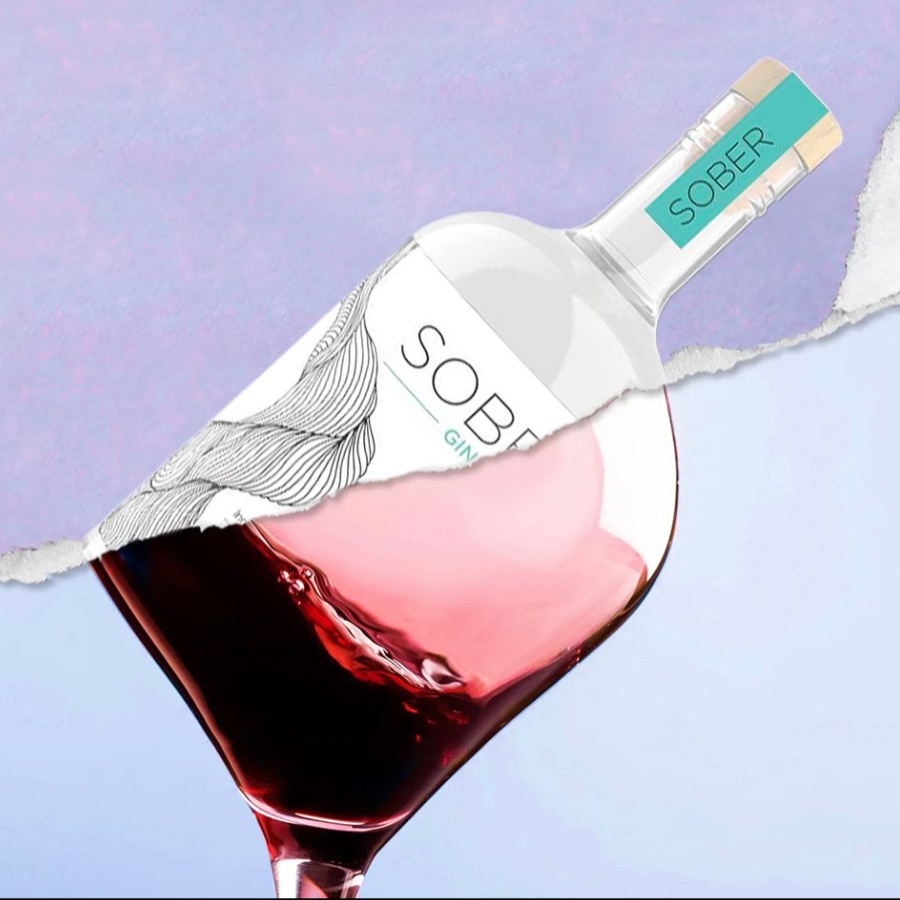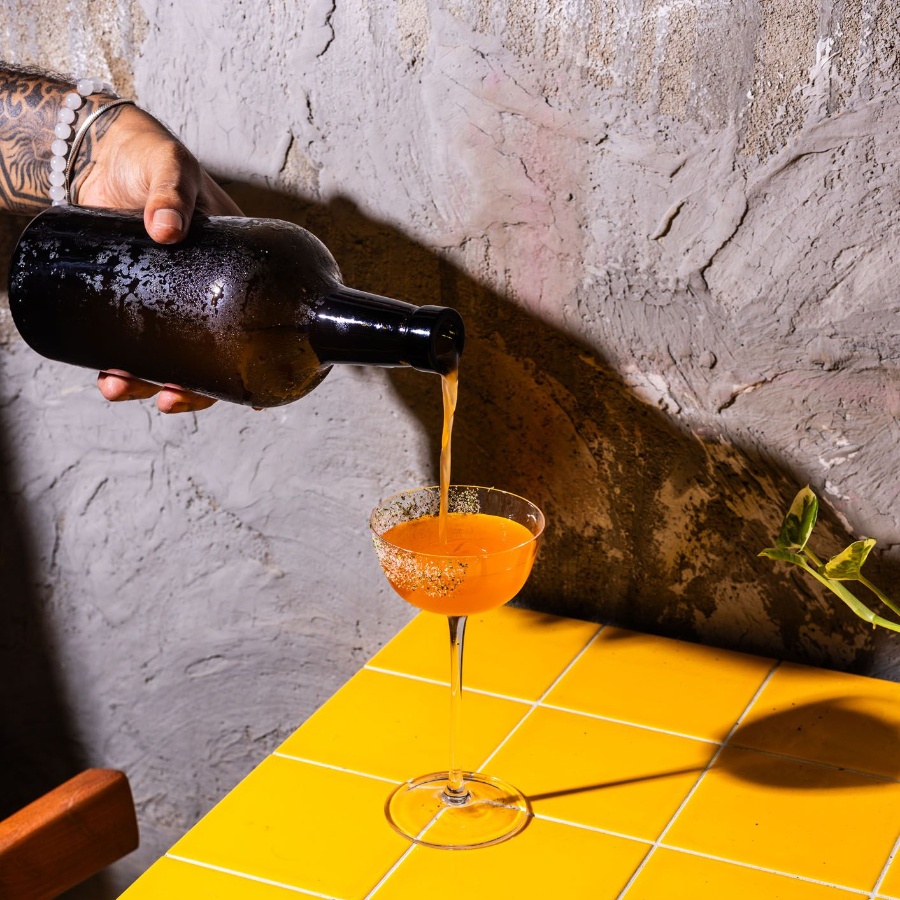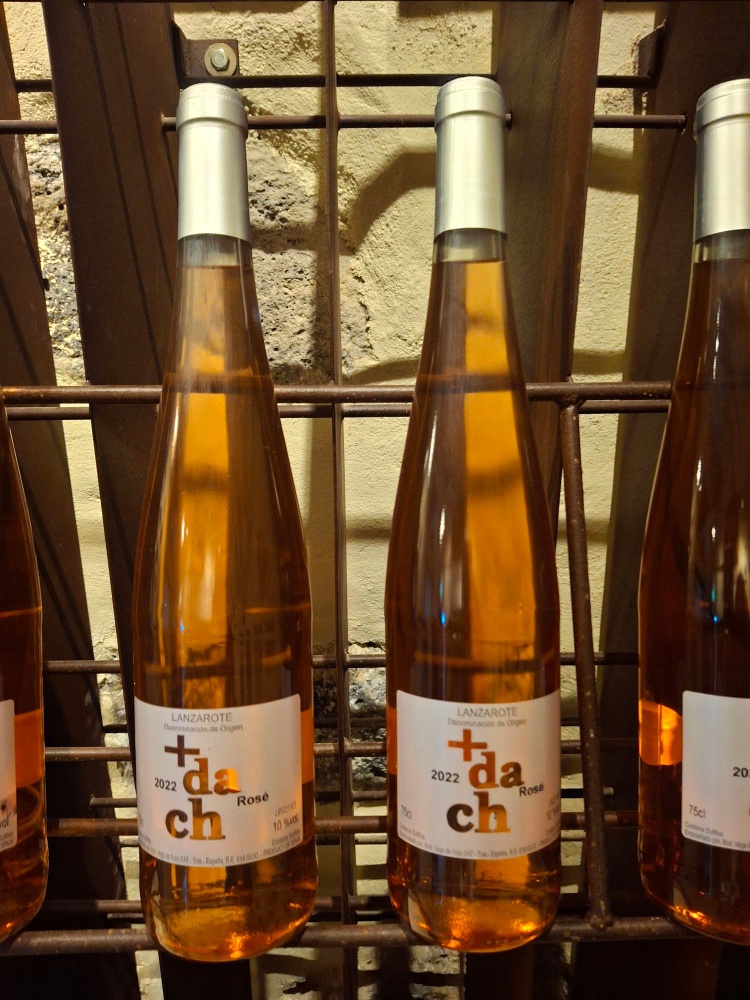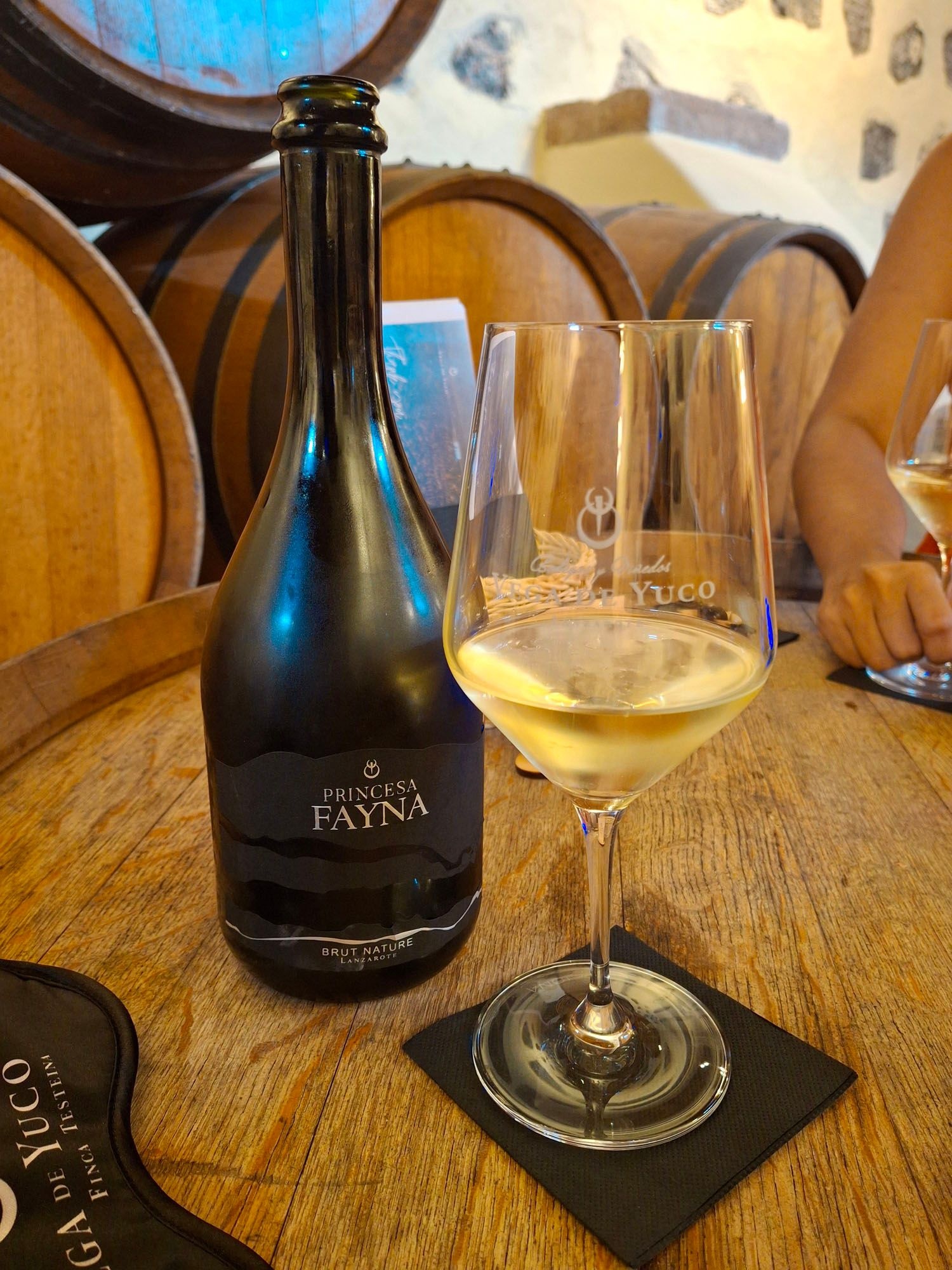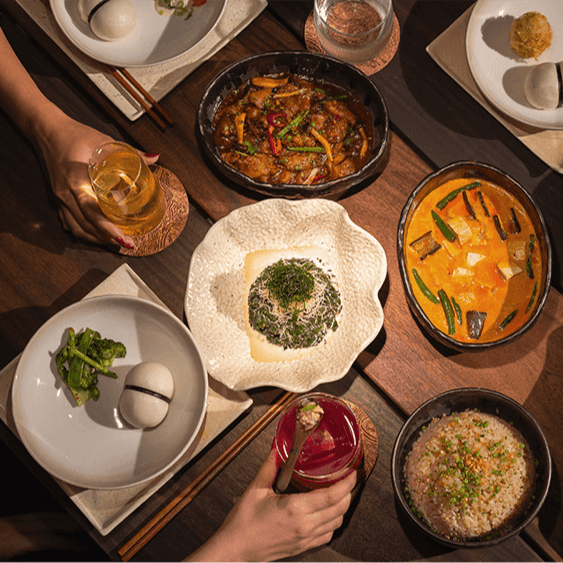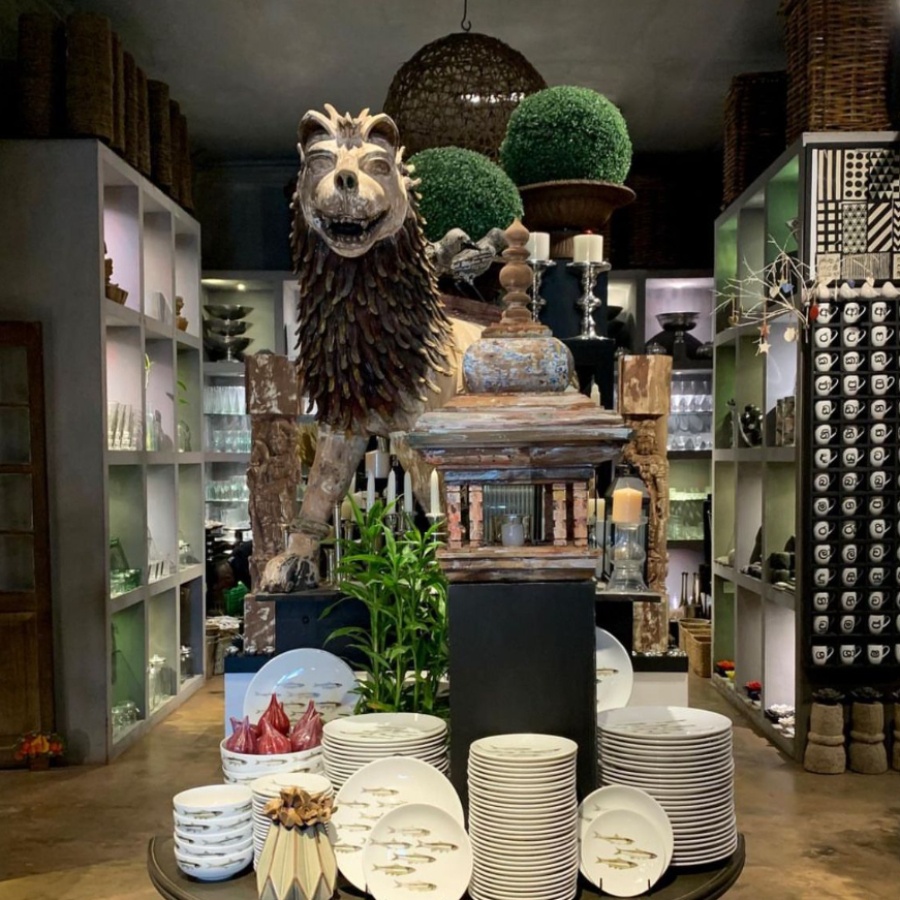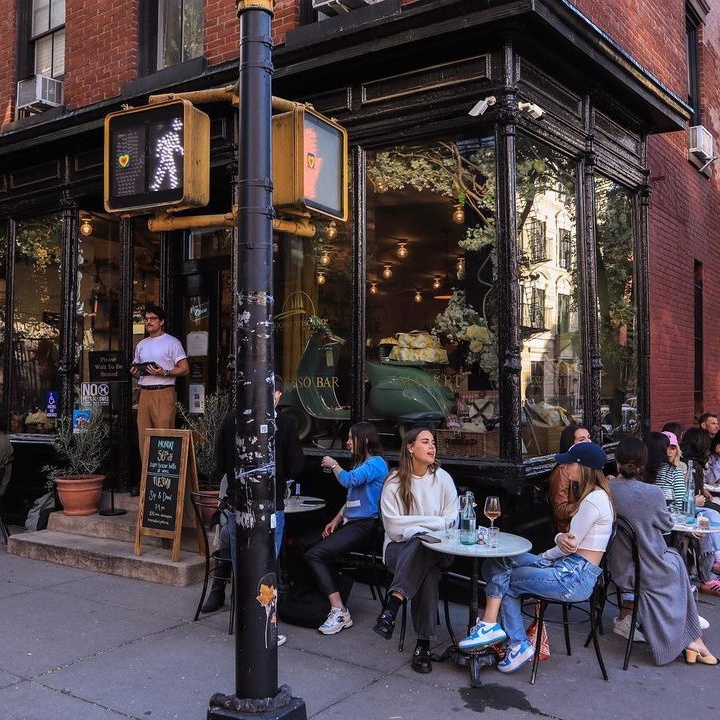The first sip can only be described as aromatic. There are hints of citrus and spice, and a bright acidity that mellows out on the second taste. There’s also an underlying minerality I’ve never tasted before—one that is both balanced and accentuated by the notes of fruit. I sound like a sommelier, without even trying, when I observe that a bite of chocolate between sips brings on a full-bodied symphony of flavour. As if on cue, violins rise to a crescendo just as I down my glass. Nope, this isn’t a movie and the music isn’t some romantic fantasy. This is a blindfolded wine tasting at the Bodegas Vega de Yuco vineyard on the island of Lanzarote in the Spanish Canaries.

For a small island (just 845.9sq km) that can be covered in a little over an hour, Lanzarote is bursting with vineyards. There’s Bodega Los Bermejos, Bodega Stratvs, Bodega Guiguan SL, Bodegas Rubicon, and so on. Most of these bodegas (Spanish for wine cellars), are family-run businesses, and some of them go back centuries. “Wine is the largest crop on the island,” shares my guide, Ana Sánchez León, during a tour of the Bodega La Geria. At first glance, the setting is a far cry from the sweeping green hillocks of the Bordeaux or Napa Valley. Lanzarote, by contrast, looks desolate and haunting, with what millennials would call “end-of-the-world feels”. Barren and pock-marked with lichen-covered rocks, the landscape has been eroded by the island’s many volcanoes and their consistent eruptions—including one in the 1800s that lasted six years. By the end of it, the island was entirely covered in volcanic ash, locally known as picón. Lanzarote was once considered the granary of the Canaries, for producing a significant chunk of the region’s wheat and barley, but the picón put an end to that. Instead, it gave the island a new star crop: wine.
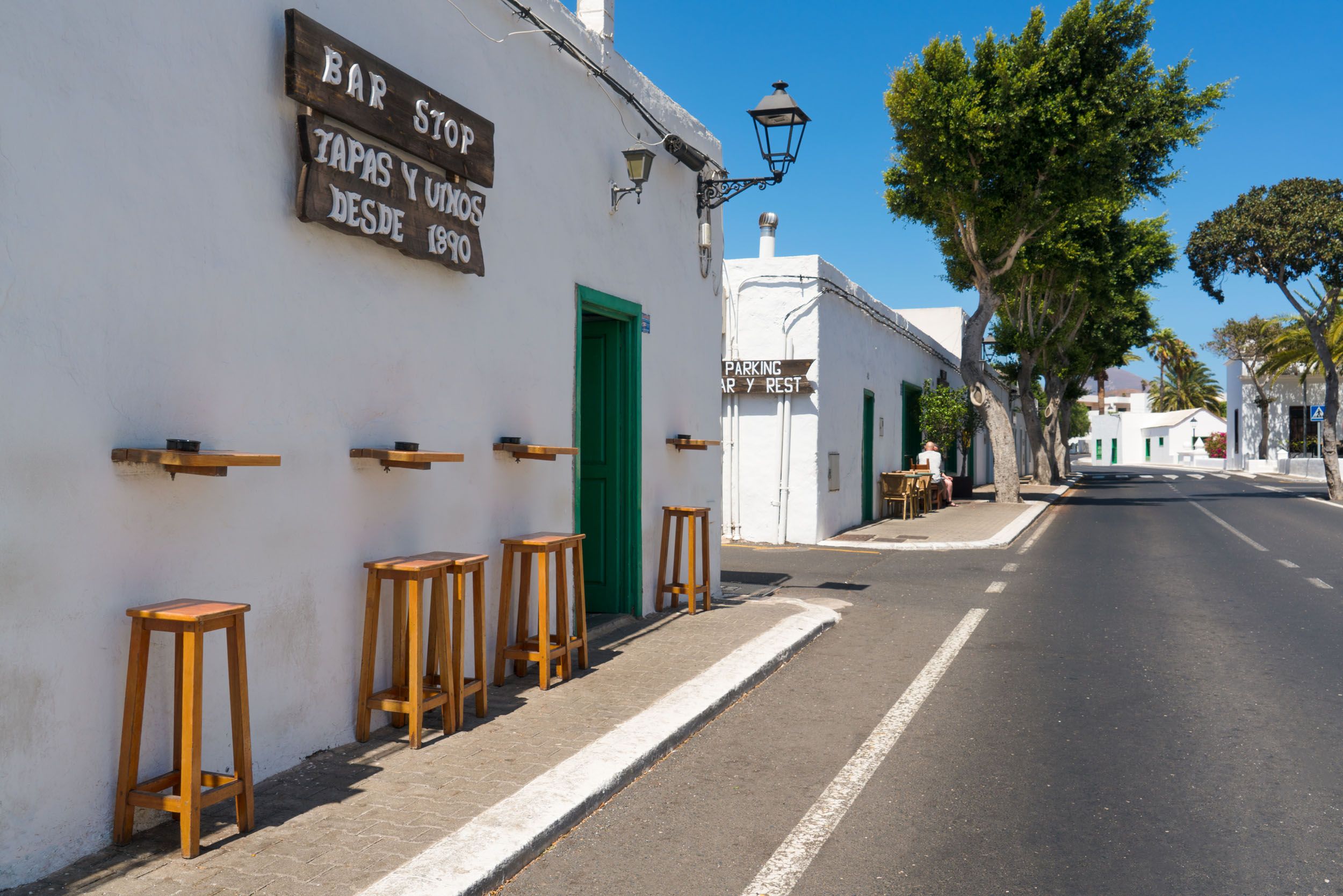
It turns out, the fiery black soil lends grapes a vibrant, mineral-spiked acidity unlike any other. Each vine is planted in a silo, at the centre of a conical crater that, in turn, is surrounded by a semi-circular stone wall that shields the plants from the incessant dry wind. It’s very clever engineering where the conical hollows have a unique ability to capture moisture for the vines. To the eye, it’s an eerie, almost otherworldly vision. On the palate, it’s delicious.
